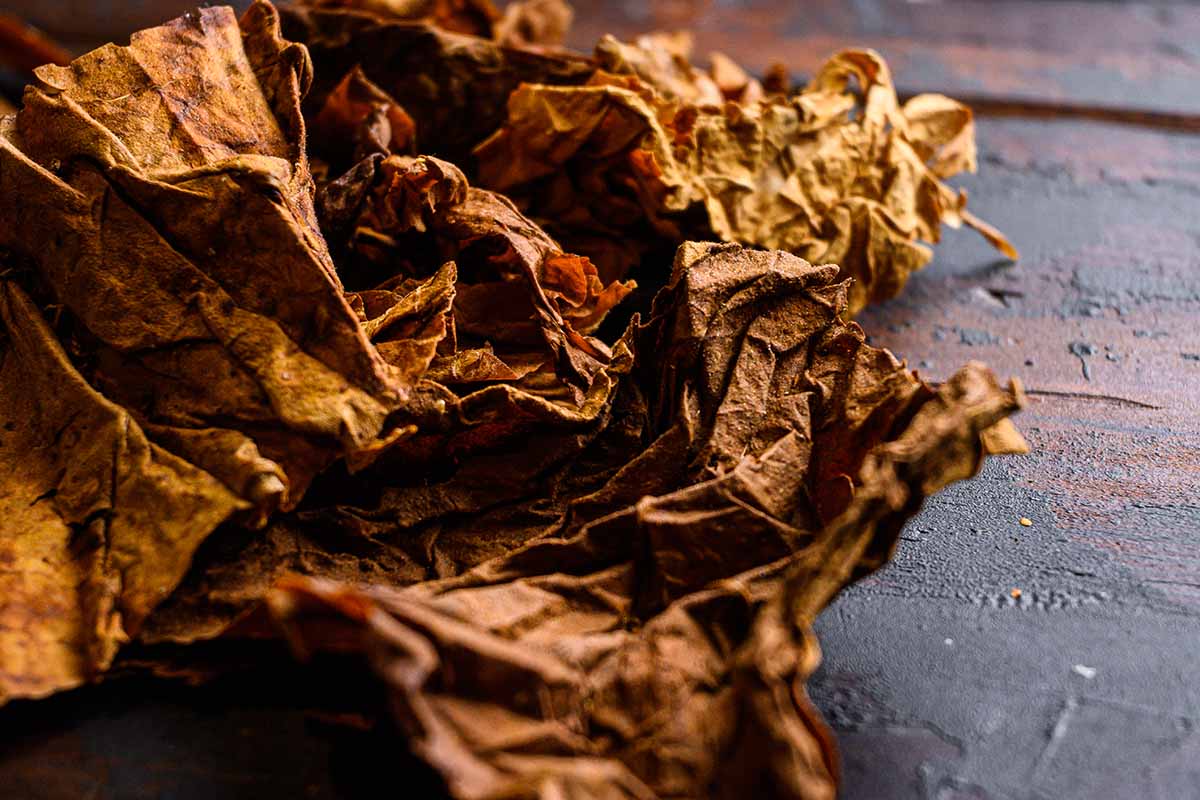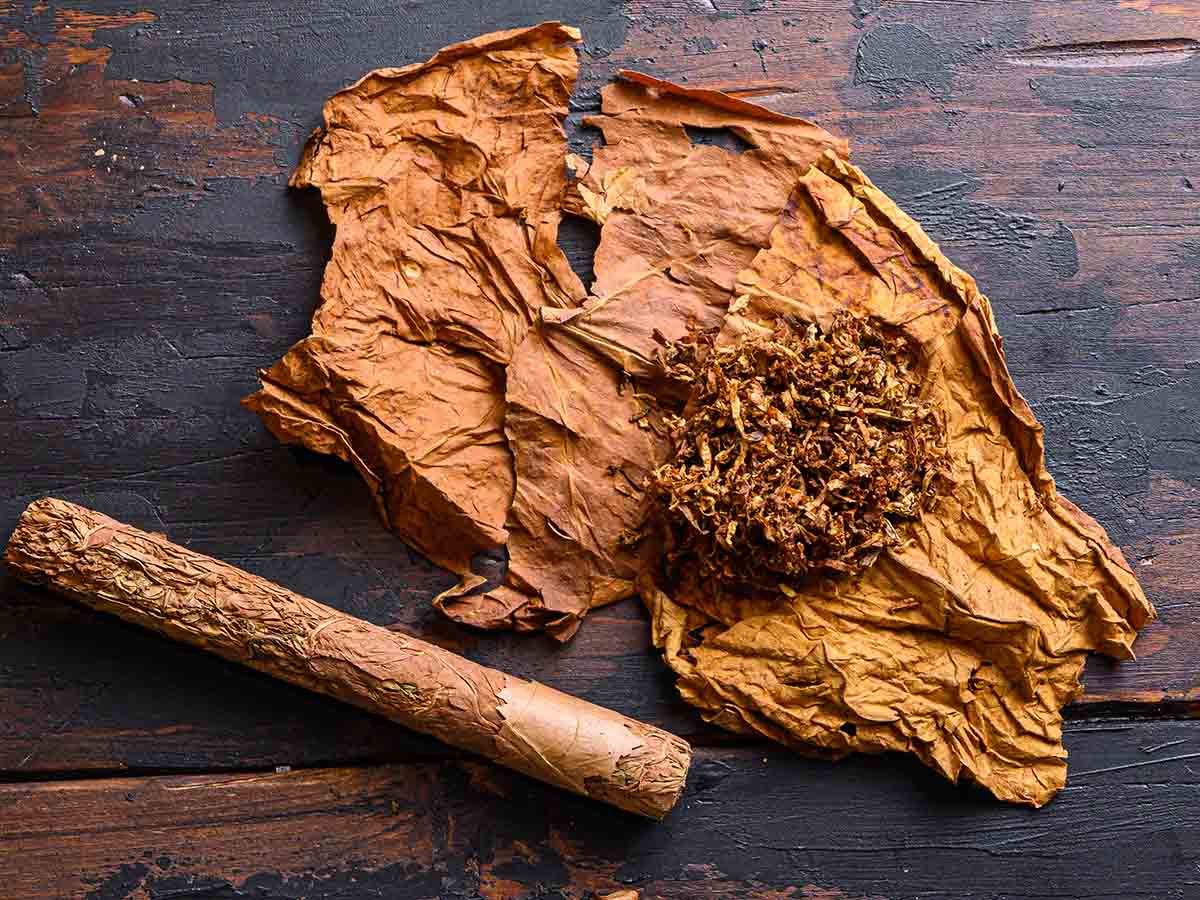What Does it Mean for a Cigar to be Mature?
Cigars come in numerous tones. From green to midnight dark, the tone is simply the aftereffect of aging, or we are persuaded. To fully see how a Rocky Patel Sun Grown Maduro covering is made, we need to investigate the cigar making’s dark side. While the facts confirm that maturation, by and large, decides the tobacco’s shade to get a cigar as dull (practically dark), essential aging isn’t sufficient.
Contents
Green cigars
Green cigars (double Claro) don’t get aging and are “streak dried” to secure their chlorophyll. It is chlorophyll that makes all plants green. The earthy-colored tones we usually partner with cigars are the consequence of changing levels of restoring and maturation. During this interaction, the tobacco separates, changes from green to brown, and builds up its trademark cigar flavor. In any case, development is fertilizing the soil. An excessive amount can leave tobacco excessively decayed to fold over a cigar. So if extra maturation ruins the tobacco, how do some Maduro cigars get so dim?
For the most part, it is accepted that extra maturation would deliver a Rocky Patel Sun Grown Maduro covering. This obscures the tobacco leaf and builds its sugar content; two characteristics give a cigar its Maduro character. Yet, to accomplish that dim earthy colored or even dark appearance, tobacco requires extra control. Maturation is a controlled disintegration, and significant cigar producers have culminated the interaction over numerous ages.
The strategies are widespread throughout the business: first, the tobacco leaves are soaked and masterminded in enormous heaps. The wet tobacco, at that point, breeds microorganisms, which produce heat, carbon dioxide, and alkali. In the end, when the warmth arrives at a particular temperature, the banks are dismantled and reassembled.
The second phase of maturation
The second phase of maturation happens. This proceeds until there is no more hint of alkali, and the tobacco is viewed as prepared for cigar creation. Now, the tobacco is entirely aged. To obscure and “improve” the Maduro leaves, some cigar producers resort to steam. By putting the tobacco in a steam chamber, the extra warmth darkens the leaves past traditional maturation. Since nothing counterfeit is utilized, this cycle is viewed as worthy by the cigar-production local area. In any case, the steam will make a cigar a more obscure shade and not the dark shading we partner with some Maduro cigars. To accomplish these kinds of dull tones, numerous cigar creators return to “cigar chemistry.”
What Does it Mean for a Cigar to be Mature: “Cigar chemistry.”
“Cigar chemistry” is the mysterious control of the Maduro cover. To start with, we should discuss the utilization of an impetus. At the point when extra aging alone doesn’t get the job done, a sugar arrangement can “push” the aging to the following level. To my sense of taste, sugar use makes the covering of a cigar lose unobtrusive tobacco flavors. I here and there discover Maduro cigars to be less convoluted than their “regular” partner. In any case, some Maduro cigars have an enormous taste. To accomplish this, some grounded cigar producers take the cycle significantly further.
Have you at any point smoked a Maduro and tracked down the homegrown flavors such that no regular cigar at any point has? Assuming this is the case, odds are the cigar has been treated with bitumen (or Bethune). This was when an answer was applied to the covering to add season and obscure the tone.
Every cigar producer has its formula for betume, the elements of which are a strictly hidden mystery. Cigar making resembles conjuring. Entertainers never uncover their stunts, and neither will the cigar business. Be that as it may, if it’s a dark and excessively natural cigar, odds are wizardry has been busy working. With this, extra flavor and character are added to a cigar. However long the fixings are regular, I have no protest.
Nonetheless, the utilization of betume is a Cuban innovation. Something rehearsed by Cuban cigar creators exclusively for their satisfaction.
If you want to experience a precious flavor of Cuban cigars, you can try the Hoyo de Monterrey Petit Robustos or Cohiba Bhk 56, which has the biggest ring gauge of all the cigar types in the Cohiba Behike 3-vitola line.
Be that as it may, for those of us who appreciate the assortment given in the non-Cuban cigars domain, the Maduro cigars are a shocking decision. Type is the flavor of life, and having numerous cigar decisions improves smoking that much. Yet, for perfectionists, the utilization of time is unsatisfactory. Unquestionably, cigar sweethearts would disapprove of this preparation.

